Life
Sign up for our newsletter
We summarize the week's scientific breakthroughs every Thursday.
-
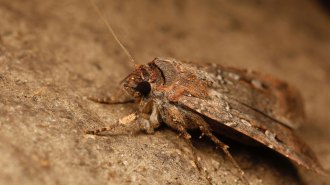 Animals
AnimalsThis moth species may use the Milky Way as its guiding star
Bogong moths migrate up to 1,000 kilometers from Australian plains to mountain caves to escape the summer heat. The stars may help them get there.
-
 Science & Society
Science & SocietyHow attacks on evolution in classrooms have shifted over the last 100 years
Since the Scopes trial in 1925, Science News has reported on legislative attempts to undermine the teaching of evolution.
By Erin Wayman -
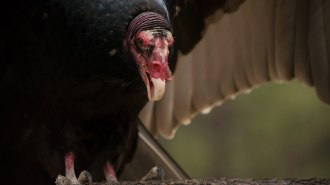 Animals
AnimalsFewer scavengers could mean more zoonotic disease
Scavenger populations are decreasing, a new study shows. That could put human health at risk.
-
 Humans
Humans100 years after the Scopes trial, science is still under attack
In 1925, John Scopes was indicted for teaching evolution. Science News looks at the forces that led to the trial and how expertise was the big loser.
-
 Health & Medicine
Health & MedicineA genetic test may predict which weight loss drugs work best for patients
Variants of obesity-related genes influence how much weight patients lose on specific weight loss drugs like liraglutide, two studies report.
-
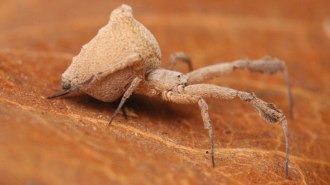 Animals
AnimalsThis spider’s barf is worse than its bite
Most spider species subdue dinner by injecting venom from their fangs. Feather-legged lace weavers swathe prey in silk, then upchuck a killing brew.
By Susan Milius -
 Neuroscience
NeuroscienceAt early ages, autism in girls and boys looks similar
A new study of more than 2,500 children under 5 found little difference in autism symptoms between boys and girls.
-
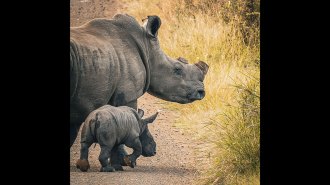 Animals
AnimalsPreemptively cutting rhinos’ horns cuts poaching
Comparing various tactics for protecting rhinos suggests that dehorning them drastically reduces poaching.
By Jake Buehler -
 Animals
AnimalsProbiotics helped great star corals fend off a deadly disease
A probiotic paste prevented the spread of stony coral tissue loss disease, but the treatment is still a proof-of-concept, not a cure.
-
 Animals
AnimalsFlamingos create precise water vortices in a shrimp-hunting frenzy
Nashville Zoo flamingos reveal the oddball birds generate many types of vortices to eat. The swirls could be an inspiration to human engineers.
By Elie Dolgin -
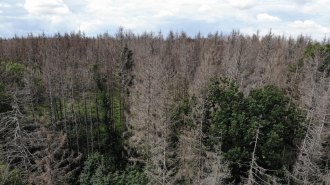 Plants
PlantsTrees ‘remember’ times of water abundance and scarcity
Spruce trees that experienced long-term droughts were more resistant to future ones, while pines acclimatized to wet periods were more vulnerable.
-
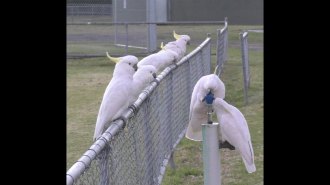 Animals
AnimalsAussie cockatoos use their beaks and claws to turn on water fountains
Parrots living in Sydney have learned how to turn on water fountains for a drink. It's the first such drinking strategy seen in the birds.
By Jake Buehler